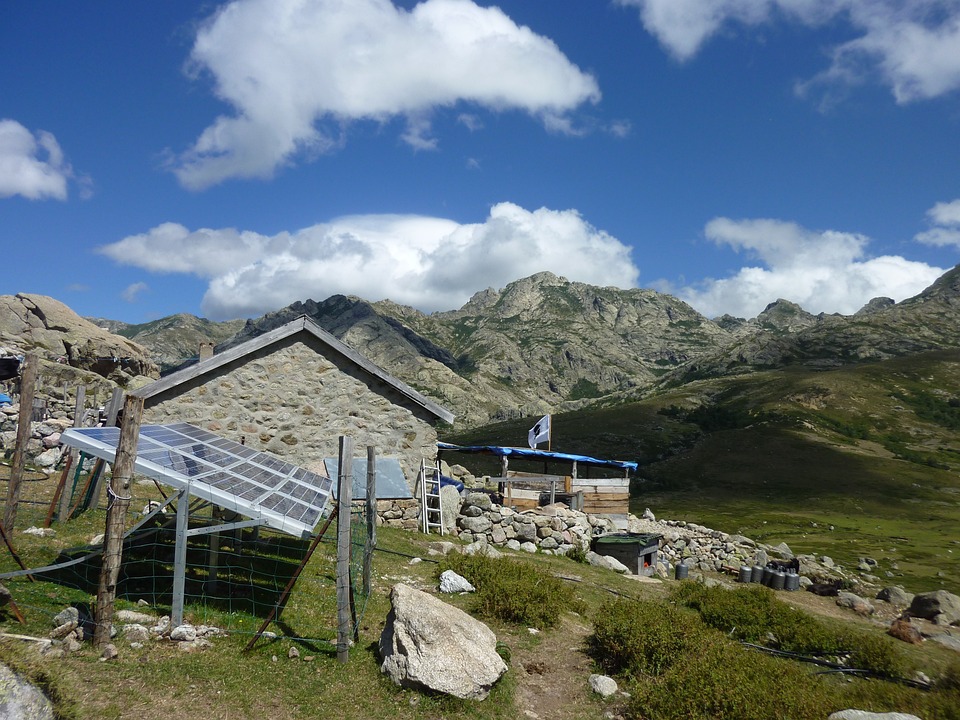From Eco-friendly Lodging to Sustainable Transportation: A Look at Innovative Sustainable Travel Initiatives
Are you dreaming of a getaway that not only allows you to explore new destinations but also enables you to do so in an environmentally conscious way? As someone who is deeply passionate about sustainable travel and tourism, I am excited to share with you some of the most innovative and eco-friendly initiatives that are revolutionizing the way we travel. From eco-friendly lodging to sustainable transportation, there are countless ways to make your next adventure as green as possible. During my travels, I’ve had the opportunity to experience a variety of sustainable travel initiatives first-hand, and I can confidently say that the future of travel is looking brighter than ever. With a growing focus on reducing our carbon footprint and preserving the planet for future generations, the travel industry is constantly evolving to meet the demands of eco-conscious travelers. One of the most impactful ways to practice sustainable travel is by choosing eco-friendly lodging. From boutique eco-resorts to sustainable hostels, there are countless options for travelers looking to minimize their environmental impact while still enjoying a comfortable and memorable stay. Many eco-friendly lodgings are designed with sustainability in mind, utilizing renewable energy sources, implementing water conservation measures, and supporting local communities. Additionally, many eco-friendly lodgings will also offer organic and locally sourced meals, eliminating the need for excessive packaging and transportation of food. These accommodations often promote low-impact activities such as hiking, snorkeling, and wildlife watching, allowing guests to immerse themselves in the natural beauty of their surroundings without leaving a negative impact on the environment. In recent years, sustainable transportation has become a major focus for travelers and the travel industry alike. From electric car rentals to bicycle-sharing programs, there are now more options than ever for sustainable transportation while traveling. Many cities around the world have implemented bike-sharing programs, making it easy and convenient for visitors to explore the city on two wheels while reducing their carbon footprint. In addition to bicycles, many destinations are also investing in electric buses and trams to provide convenient and eco-friendly transportation options for both locals and tourists. Furthermore, an increasing number of hotels and lodging establishments are offering electric vehicle charging stations, making it easier and more accessible for travelers to choose sustainable transportation options. Pro Tip: When choosing eco-friendly lodging, look for certifications such as LEED (Leadership in Energy and Environmental Design) or Green Globe, which indicate that the property has met certain sustainability criteria. In recent years, sustainable tourism initiatives have also become increasingly popular, allowing travelers to support the conservation of natural habitats and wildlife. Many eco-sensitive tour companies are now offering experiences that focus on environmental education and conservation, providing travelers with the opportunity to learn about local ecosystems and participate in efforts to protect them. For example, some tour companies offer guided eco-tours that focus on marine conservation, allowing travelers to participate in coral reef restoration projects or sea turtle monitoring programs. These experiences not only provide valuable support for local conservation efforts but also offer travelers a deeper understanding and appreciation of the natural world around them. In addition to eco-focused tours, many destinations are also implementing sustainable tourism practices, such as limiting the number of visitors to fragile ecosystems or implementing waste management programs to reduce the impact of tourism on the environment. By supporting these initiatives, travelers can help to ensure that the destinations they visit remain beautiful and vibrant for future generations to enjoy. Pro Tip: Before booking a tour, research the company’s sustainability practices and ensure that they are committed to responsible and ethical tourism. In conclusion, sustainable travel initiatives are rapidly transforming the way we explore the world and are providing travelers with the opportunity to take meaningful actions to protect and preserve the planet. By choosing eco-friendly lodging, embracing sustainable transportation options, and supporting conservation efforts, we can all play a part in creating a brighter and more sustainable future for travel. So, the next time you’re planning a getaway, consider how you can incorporate sustainable travel initiatives into your travel plans, and take pride in knowing that you’re contributing to the conservation of our planet. From eco-friendly lodging to sustainable transportation, there are countless ways to make your next adventure as green as possible, while still creating unforgettable memories along the way.









